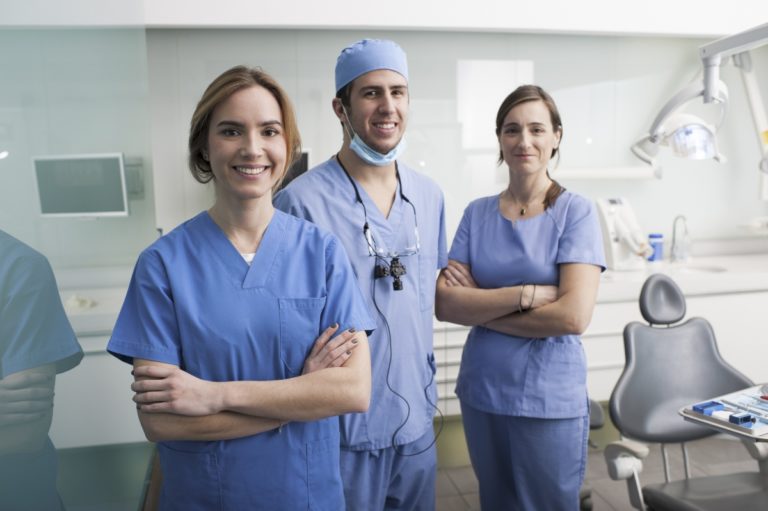The millennial generation (persons born between 1981 and 1996) are characterised by their expectations of convenience and efficiency and their value of experience in matters relating to their health and wellbeing. It is this tech-savvy generation that research has found to spend more when it comes to dental care and enhancing their smiles, and much more than their parents and grandparents. In fact, it has been found that 53 per cent of those under the age of 35 have received dental care (mostly aesthetic-focused treatments).
The ever-increasing surge in the demand for dental care is propelled by factors far different from those prior to the digital revolution. Now, an image-obsessed culture drives demand for dental treatments including orthodontics.
For older patients, dental care was mostly sought to address clinical problems that were typically age related, receding gums and tooth loss. Younger adults, on the whole, experience these types of problems less frequently, with their focus mainly on improving the look of their smiles.

The shift towards on-demand treatment systems and its dangers
With efficiency being a key driving force in their decision-making, it comes as no surprise then that the younger generation look to new ways of receiving their dental care. A question that should not be overlooked is – how safe and effective are these new ways of doing things?
Readily available, on-demand, teeth-correcting instruments and remote consultations have received some attention recently. These types of products and services find appeal with a generation that demands efficiency and speed to keep up with fast-paced lifestyles.
While do-it-yourself products may answer to time and convenience, do they really answer to efficacy and safety? The answer to that according to the General Dental Council (GDC) and other dental authority bodies including the Oral Health Foundation is a definite no. In a statement released, the GDC points to the dangers patients expose themselves to in using these products. In a national campaign driven by the British Orthodontic Society (BOS) and the Oral Health Foundation, the dangers listed include:
- Irreversible damage to dental structures
- Undermining their occlusion
- The possibility of tooth loss and other complications
It must be remembered that the only safe and effective orthodontic treatment delivery system remains with an orthodontist Liverpool. It is only a properly-trained and registered dental practitioner who can carry out a reliable comprehensive physical oral health assessment which requires an in-person appointment. In addition to this all-important requirement for orthodontic treatment, a prescribing dental practitioner is to conduct continuous supervision of the patient’s progress throughout the duration of treatment. Direct face-to-face interaction between dentist and patient is also necessary for the critical opportunity afforded to the patient to ask questions regarding their treatment, as well as their concerns about their oral health.
Another good reason to choose a registered dental professional for orthodontic treatment is that he or she is obliged to follow the standards of dental care set out by the GDC which speaks to the level of quality care patients receive.
To achieve pleasing results from orthodontic care and a high level of patient satisfaction there is no substitute for a dedicated dental professional.













